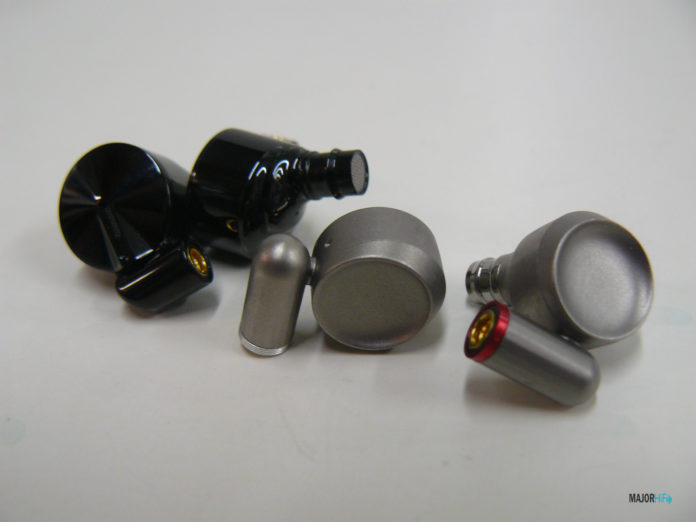It’s the battle of beryllium! Recently, I got to review the brand new DUNU ZEN, an IEM made using pure beryllium components. I raved about this $699 earphone in my review, appreciating its excellent build quality and colorful sound signature. However, this isn’t DUNU’s first rodeo with beryllium. I briefly mentioned the LUNA in my review, the IEM that marked DUNU’s first foray into this design venture. It landed a certain impression on the audiophile community, and people have come to expect a lot from this new technology.
The LUNA and ZEN are very differently priced, with the LUNA going for $1699 from most retailers. The prestige that both IEMs seem to have made it seem like the prices should be almost even, but the ZEN is considerably less than its predecessor. It makes me think about how well these models fair against each other sonically and build wise. Which beryllium IEM should you spend your money on? Does the moderate pricing of the ZEN come with caveats, or is the LUNA just overpriced?

What You Get
The LUNA and ZEN come swarming with options and accessories like not a lot of IEMs have. DUNU puts a lot of effort into its presentation and it shows with both models. However, when putting both packages together, there is an immediate stark difference. For an IEM, the LUNA’s box is huge! It may even be big enough to fit an entire Audeze headphone. I was initially impressed with how much the ZEN offers in adapters and ear tip options, but the LUNA pretty much has it beat in each of these areas. Not only does the LUNA supply a plethora of silicone tips, but triple flange as well.
You’ll find the same connectors here, with the addition of a balanced 3.5mm adapter, which you don’t see very often. Did you like the ZEN’s storage case? Well the LUNA’s got two of them, and one is bigger than the other to store more contents. All of the materials I praised the ZEN for having the LUNA just has comically more of. The biggest kicker here is that the LUNA even provides its own USB Type C DAC with a USB adapter, which I used for most of my testing.
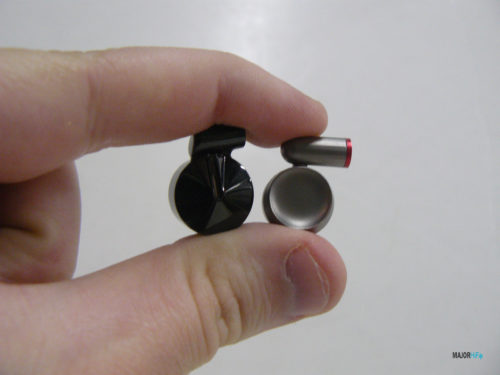
Look and Feel
When it comes to the general style of both these IEMs are hard to beat. They present a unique, simple, and compact look that provides a comfortable and ergonomic fit. Although they sport the same general structure, the ZEN and LUNA have very different approaches to build and aesthetics. When looking at both models, the resin-coated black stainless steel housing of the ZEN caught my eye more easily than the LUNA.
The LUNA features a concave faceplate and employs a 5-grade titanium alloy for its outer shell, which brings its own level of build quality that doesn’t require the upkeep the ZEN needs, with it being a bit of a fingerprint magnet. Both IEMs seem very durable though, with the ZEN even having a heft amount of weight to it compared to the LUNA. In terms of the fit, the LUNA is designed with comfort in mind, while the ZEN offers more security and isolation. The LUNA feels might feel the best in your ear, and have the easiest insertion, but the ZEN offers better isolation and security.
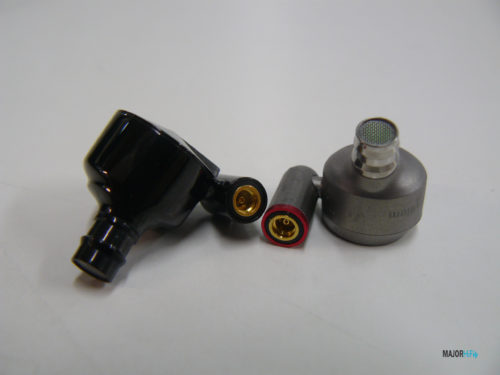
Design
The beryllium drivers are going to be the main event here, but each IEM implements the material differently. This makes things more interesting, as the LUNA no longer has the luxury of being the first pure beryllium IEM. The purpose of using this material is to provide superior speed and strength to the signal, creating a more powerful image quality. Although they both use beryllium, these driver units couldn’t be more different. The ZENs driver is so distinct from the LUNA’s that they even gave it its own name, the Eclipse driver.
This technology uses a 13.5mm driver unit with a magnesium alloy domed diaphragm, with a carbon coating that strengthens the driver even more. The Eclipse driver has so many intricacies, you’d almost expect them to be implemented in a pricier model such as the LUNA, which only offers a 10mm driver unit. Acoustic-grade pure beryllium rolled foil with polyurethane suspension makes up the driver system of the LUNA, which doesn’t appear to be much when compared to the ZEN, but it doesn’t take away for how revolutionary this design was when it was initially released.
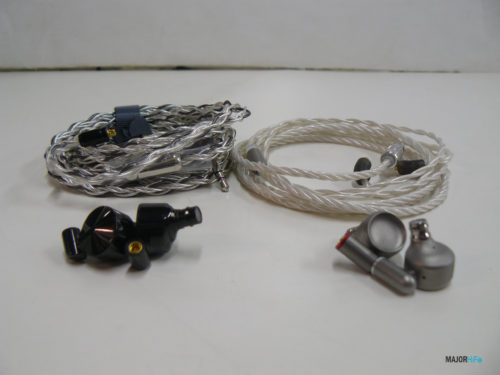
Output
Both IEMs will deliver a similarly smooth and plentiful output signal, each with a low impedance of 16 Ohms. The novelty of having the LUNA come with its own USB DAC is even more appreciated, and using it felt like it gave me the intended listening experience for these IEMs.
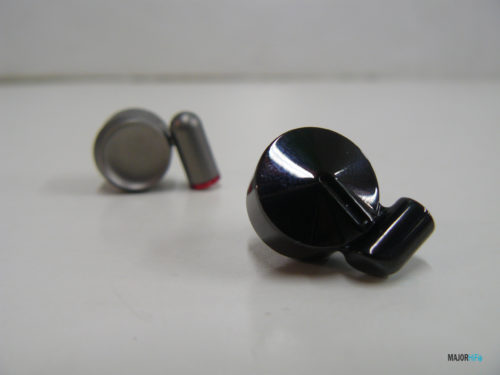
Soundstage
Thankfully, the imaging and width on both IEMs are excellent and true standouts for DUNU. They each feature a considerable amount of height and help lift music and effects to a more effective sense of space. Although the LUNA and ZEN offer a nice dome-like image, the ZEN presents more articulate layering and separation. The ranges of frequency are more clearly balanced with each other, creating a more natural timbre than the LUNA’s mid-forward coloration. The ZEN features a similar timbre but uses the space much more eloquently without sacrificing its impactful response. I felt properly immersed in both spaces, but the ZEN just offered me a better distinction between all the different elements in the stereo field.
Low End
When it comes to the bass, the LUNA and ZEN couldn’t be more different. If you’re not into a very neutral low-end, then you might want to stray away from the LUNA and join the deep, impactful bass of the ZEN. Although it has the most immediate resonance, the LUNA still has some nice punch, but it doesn’t have the fullness of the ZEN. There are some analytical pleasures on the LUNA’s bass, when compared to the ZEN it’s noticeably weaker.
Mids
With the midrange, both of these IEMs really soar. The LUNA is pushed forward and receives a lot more gain than what’s heard on the ZEN, but both receive excellent detail and clarity. However, the ZEN gives a lot more room for the mids to breathe and express better clarity. The tracks I tested on the ZEN stayed more full than they did on the LUNA. Although they were better articulated on the ZEN, the LUNA was superior in its richness.
Highs
In my DUNU ZEN review, I described the highs as being a chameleon. It can handle a lot of different textures depending on the track, but it’s always consistently well-tuned. The LUNA doesn’t receive much resonance at all outside of some nice upper-mids. While treble still comes across as natural, it tends to roll off around the brighter frequencies.
Summary
When it comes down to it, it’s all about your preferred timbre, but when we’re talking about this much of a price difference, it’s a little baffling. The LUNA and ZEN each have their sonic quirks, and the LUNA includes so much is its packaging, but I’m still not entirely sure it warrants the price difference. With the ZEN you get a similar package with better bass and soundstage for almost half the price. If I hadn’t made it obvious already, the ZEN is my final verdict.
Specs
| ZEN | LUNA | |
| Driver | Dynamic driver with Magnesium alloy pure metal diaphragm | 10 mm Acoustic-Grade Pure Beryllium Rolled Foil with Polyurethane Suspension |
| Frequency Response | 5Hz-40kHz | 5Hz-40kHz |
| Impedance | 16 Ohms | 16 Ohms |
| Sensitivity | 108dB/mW | 110dB at 1 kHz |
| Plug | Patented DUNU Quick-Switch Modular Plug System | Patented DUNU Quick-Switch Modular Plug System |
| Cable | 8-core OOC Silver-plated | Mixed Strands of Furukawa Electric Ohno Continuous Cast (OCC) Copper & DHC Silver, with Silver-Plated OCC Copper Shield Surround |
| Cable Length | 1.2m | 1.2m |
| Connector | MMCX | MMCX |
The DUNU ZEN and LUNA are available at Audio 46.
MAJORHIFI may get a commission from retail offers.
MAJORHIFI may receive commissions from retail offers.


